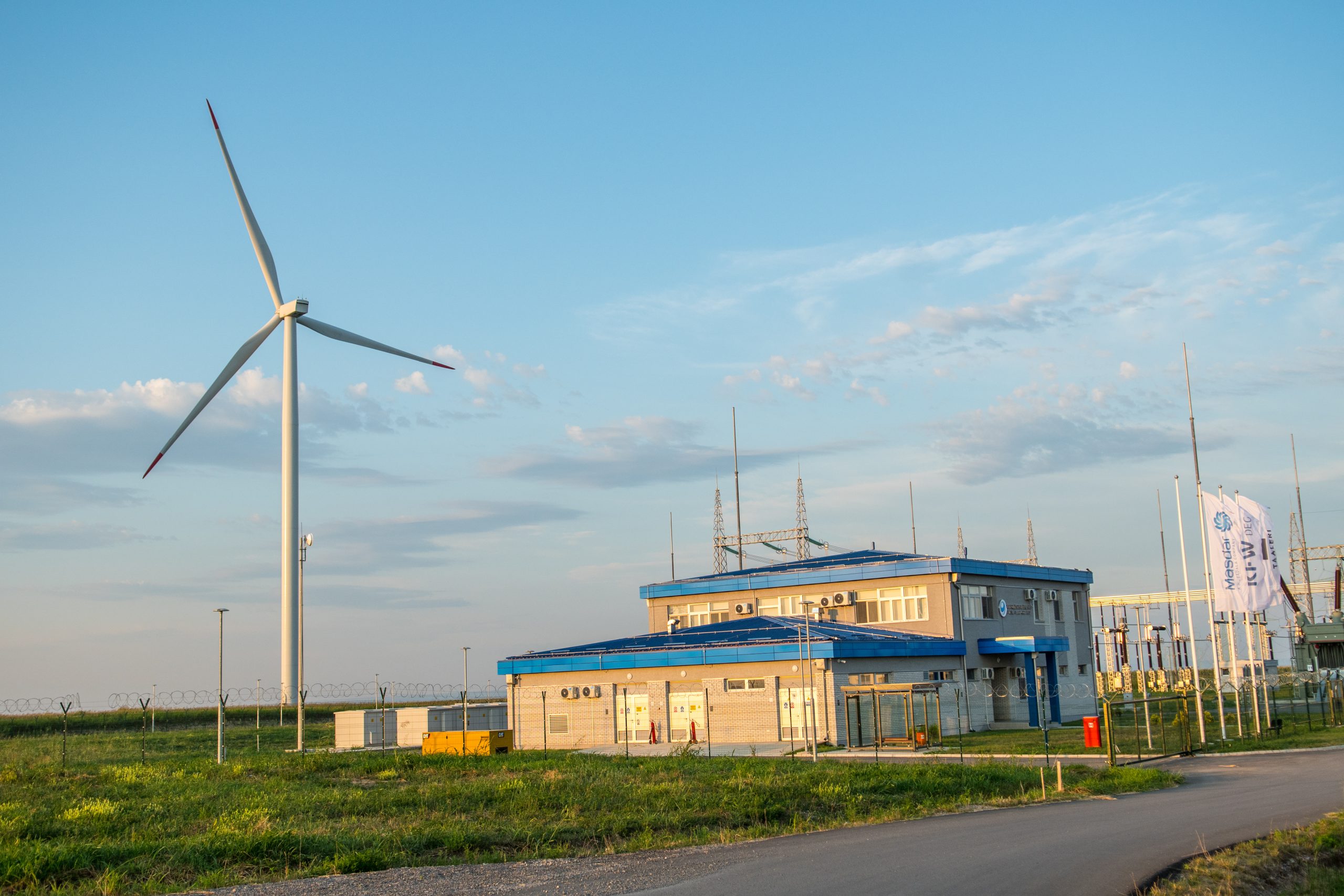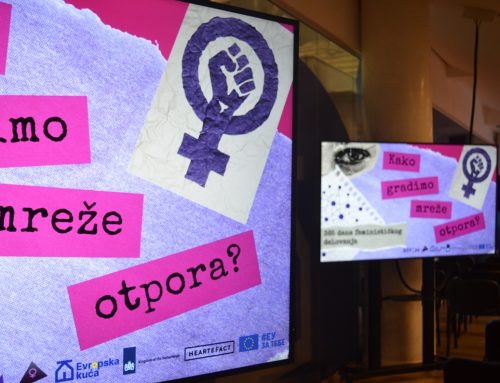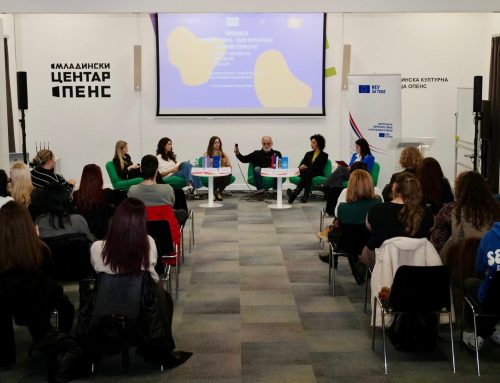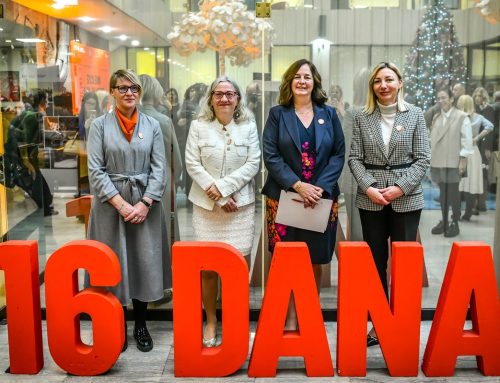The draft of the Integrated National Energy and Climate Plan, as well as the draft Energy Sector Development Strategy of the Republic of Serbia up to 2040 with the projections up to 2050 will be subject to a broad public discussion. At that moment, all interested civil society organizations and all citizens, business entities, universities and academia will be able to give comments, suggestions and proposals.
“At the recently held meeting of the working group of the EU project Further Development of Energy Planning Capacity another important step was taken in the process of developing the Integrated National and Climate Plan for the period from 2021 to 2030, with projections for Serbian until 2050”, said Sofia Nikolakaki, Project Director, adding that three proposed scenarios were presented, which could be part of the future Integrated national energy and climate plan of the Republic of Serbia.
Serbia is a signatory to the Paris Climate Agreement, the Sofia Declaration on the Green Agenda for the Western Balkans and the Energy Community Treaty. The Integrated national energy and climate plan is a key document in the implementation of the Green Agenda in Serbia, and its preparation is foreseen by the Law on Energy. Together with the Energy sector investment plan that the Ministry of Energy and Mining is working on, the implementation of this plan should contribute to higher rates of economic growth, the creation of new jobs and a balance between the development of the energy sector and environmental protection.

In the process of developing the plan so far, a total of 33 scenarios were proposed to the working group. After analysing all the proposals, only some were selected. The proposed scenarios will be publicly available and every citizen, organization or business entity will be able to familiarize themselves with them and provide their opinion. The Secretariat of the Energy Community will also evaluate the draft National Integrated Energy and Climate Plan (NECP) and give an opinion on the set goals and on compliance with the EU policies in the field of energy and climate.
Full transparency and participation of all interested parties is a key element of the NECP adoption process, as the Ministry’s goal is to reach the broadest social consensus on the most important strategic documents for energy development by the time they are proposed for adoption.
The work of the Working Group for the preparation of the Integrated National Energy and Climate Plan of the Republic of Serbia includes representatives of relevant ministries and institutions, as well as the non-governmental sector, while representatives of the Energy Community, the European Commission, the EU Delegation in the Republic of Serbia and the European Bank for Reconstruction and Development (EBRD) monitor the preparation process and provide advice.
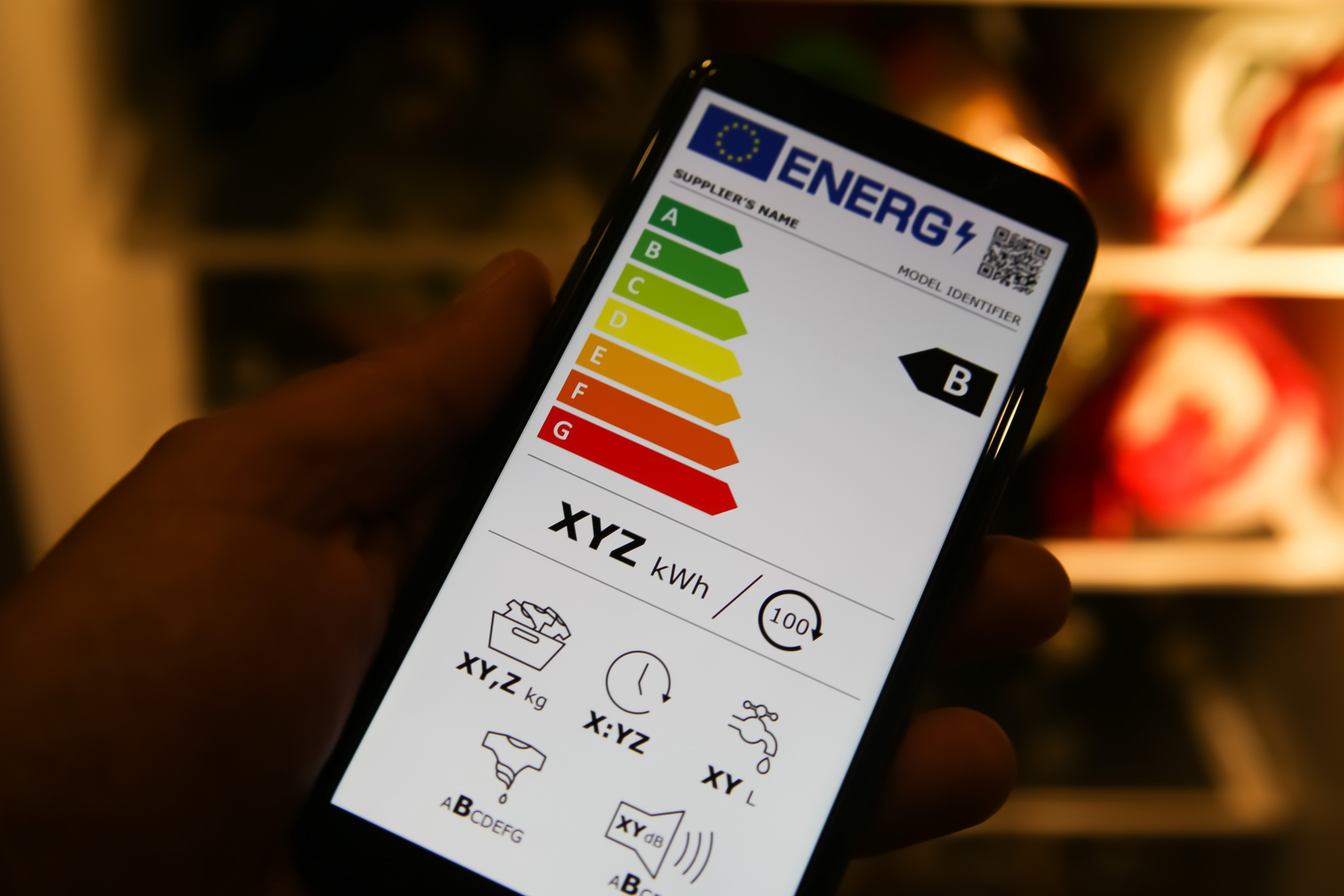
The existing structure of the energy sector in Serbia requires serious changes, arrangements and investments, in order to be harmonized with the European policy in this field. With the adoption of the new legislative framework in the field of energy transition, the first step in Serbia’s energy transition and the implementation of the Green Agenda was made.
The Integrated National Energy and Climate Plan will define goals that will lead to a greater share of renewable energy sources in the energy mix, increase in energy efficiency, decarbonisation, i.e. reduction of greenhouse gas (GHG), further development of the internal energy market, as well as encouragement of research, innovation and competitiveness, which represents the five basic dimensions of the Energy Union Governance Regulation. The Plan will also contain macroeconomic and energy projections and scenarios that assess the relevant impacts of such defined policies and proposed measures.
The modelling capacities were developed based on the existing Serbian Energy Modelling System (SEMS), created under the previous project: “Development of Energy Planning Capacity” (IPA 2013) also implemented by the Ministry of Mining and Energy and the same team of consultants, and it was financed by the EU. As part of the project “Further Development of Energy Planning Capacity”, for which the EU provided EUR 900 thousands in grants, it is planned to additionally calibrate the SEMS model with updated data, and supplement it with two additional tools: a tools for macroeconomic analysis (based on MANAGE) and a tool for high level of RES participation (based on ANTARES) for analysing the possibility of including a large amount of renewable energy sources (RES) in the power system. These three modelling tools significantly improve the energy and climate planning process.
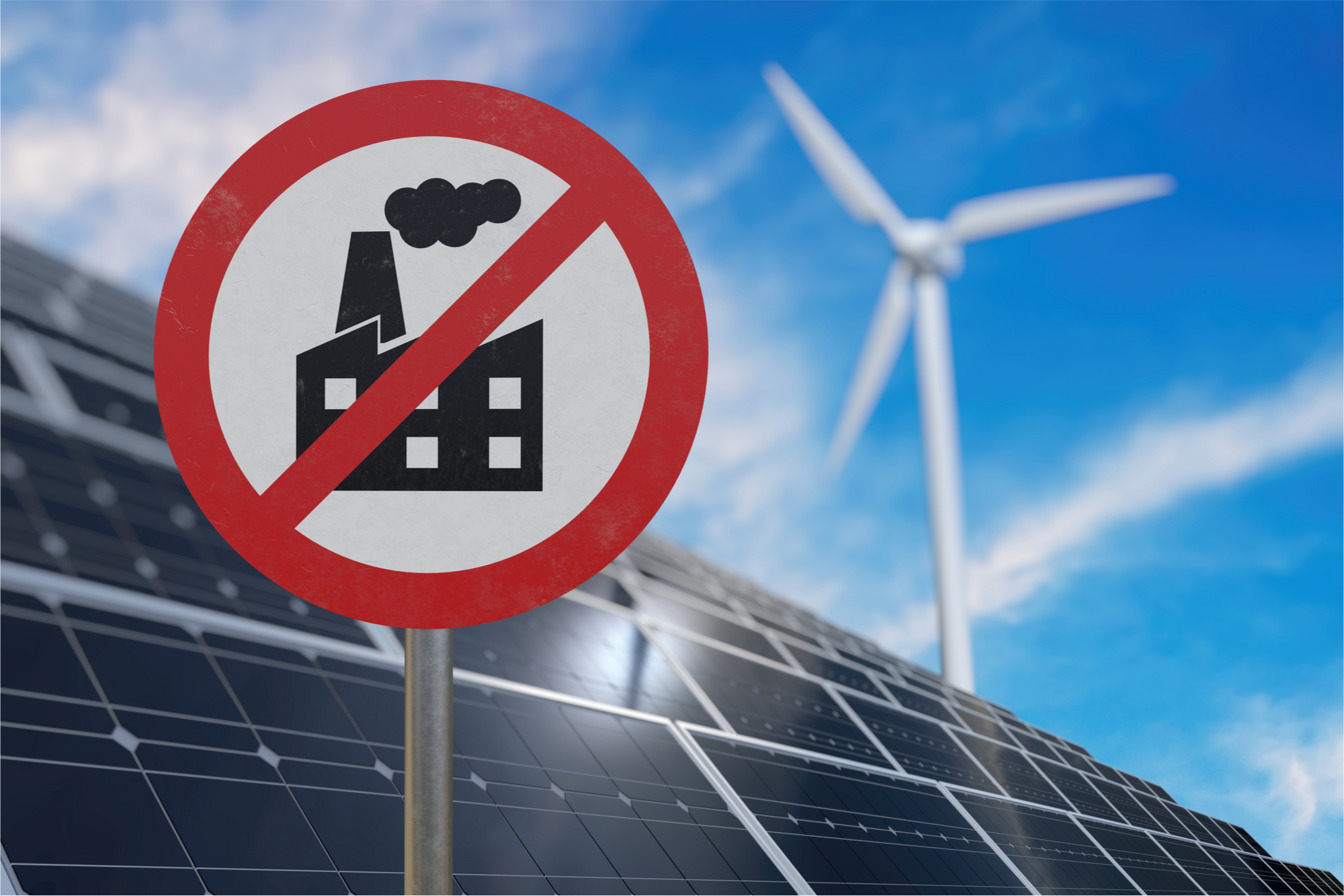
In the past two decades, the EU has invested more than EUR 830 million in the energy sector. In 2022 alone, the EU support to Serbia’s energy sector is estimated at EUR 100 million.
Diversification of energy sources, security of supply, energy efficiency and decarbonisation of the economy, in accordance with the Paris Agreement, are the main objective of EU support. The support of the European Union is realized in cooperation with the Government of Serbia. The EU will continue to support Serbia in its EU acquis harmonization and creating structures that will enable further investments in the decarbonisation of the energy sector.
Watch the video “Turn to Green” on the smart choices in household appliance:

